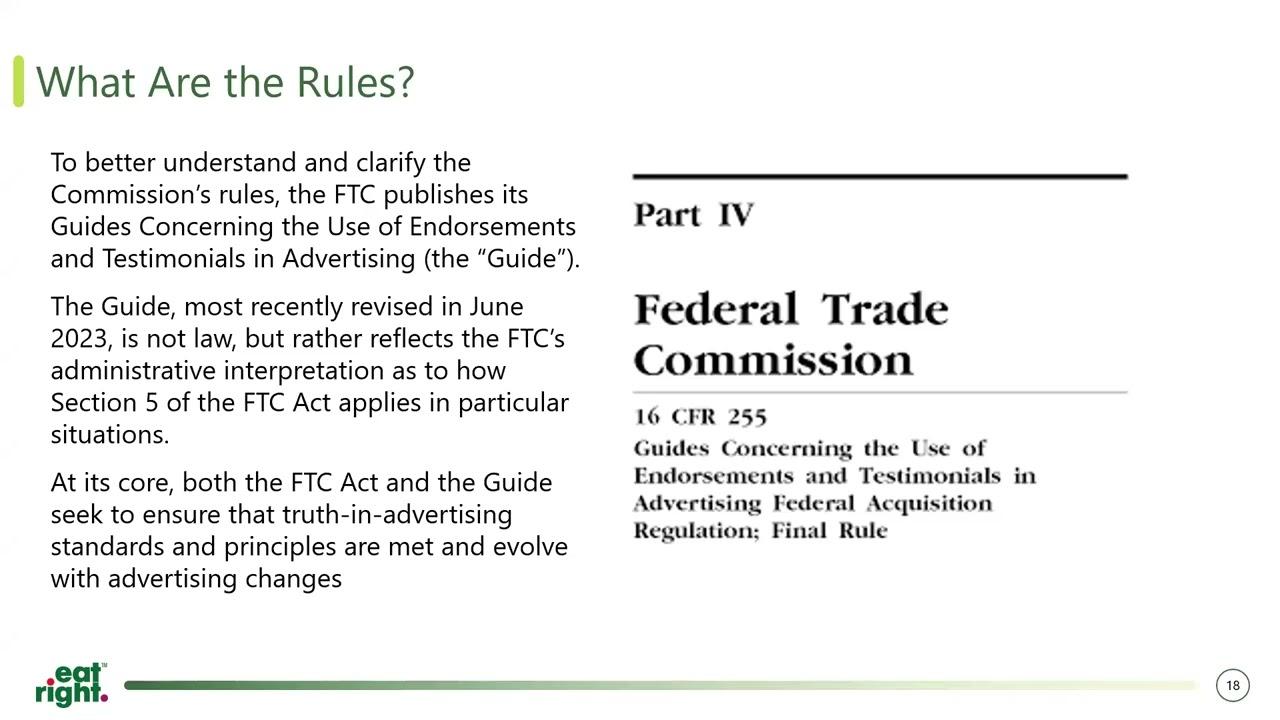
navigating the Law: Influencer Marketing on YouTube
In the vast digital landscape where creativity and commerce intertwine, YouTube has emerged as a powerhouse for influencer marketing. With millions of content creators sharing their lives and passions with audiences worldwide, brands are eager to harness this potential for authentic engagement. Yet, as the lines between advertising and personal expression blur, navigating the legal intricacies of influencer marketing becomes paramount. In this article, we will explore the evolving regulations that govern influencer practices, the responsibilities of creators and brands alike, and the best strategies to promote clarity and trust within this dynamic ecosystem. Join us on this journey to demystify the complex web of laws that shape influencer marketing on YouTube, ensuring that both creators and brands can thrive in an era defined by connectivity and creativity.
Understanding FTC Guidelines for Influencer Marketing on YouTube
When it comes to influencer marketing on YouTube, understanding the Federal trade Commission (FTC) guidelines is essential for both influencers and brands. These guidelines ensure transparency, helping audiences make informed decisions based on the authenticity of the content they consume. Influencers are required to clearly disclose any sponsored content or partnerships, typically through words or visual cues at the beginning of their videos. This not only helps maintain trust with their audience but also keeps them compliant with legal standards.
Key practices for adhering to FTC guidelines include:
- Clear disclosures: Use phrases like “Sponsored by,” “Paid partnership with,” or “This video is in collaboration with,” placed at the start of the video or in the description box.
- Engagement with followers: Regularly engage with your audience about the motivations behind your endorsements, fostering a deeper level of transparency.
- Consistent messaging: Ensure regular disclosures across all platforms where the content is shared, not only on YouTube but also on Instagram or tiktok.
Compliance with these guidelines can also enhance brand reputation and foster long-term relationships with followers. It’s worth noting that the FTC holds both influencers and brands accountable for non-compliance, which can lead to meaningful repercussions.
| FTC Guideline | Description |
|---|---|
| Disclosure Placement | Must be clearly visible and stated at the beginning of the content. |
| Language Used | Must be straightforward and understandable to the audience. |
| Consistency | Disclosures should be made across all platforms where the content is shared. |

Disclosure Practices: Building Trust with Your Audience
in an age where authenticity holds immense value, effective disclosure practices are essential for creators on platforms like YouTube. Obvious dialog regarding sponsored content not only complies with legal standards but also fosters a deeper connection with the audience. by being upfront about partnerships and promotions, influencers can cultivate trust, leading to enhanced engagement and loyalty.The following strategies can assist in achieving transparent practices:
- Clear Labeling: Use conspicuous tags like “#ad” or “#sponsored” in video titles and descriptions.
- Honest Reviews: Share personal thoughts on products, even if they are sponsored, to maintain credibility.
- Engage with Your Audience: Encourage questions and discussions about sponsored content to enhance transparency.
To further illustrate the essence of trust in influencer marketing, consider this table showcasing the impact of disclosure practices on audience perception:
| Disclosure Type | Impact on Trust |
|---|---|
| Full Disclosure | High Trust |
| Partial Disclosure | Moderate Trust |
| No Disclosure | Low Trust |
Investing in robust disclosure practices not only safeguards against legal repercussions but also reinforces the bond between content creators and their followers.Building this trust is crucial in a landscape where audiences are increasingly discerning and demand authenticity in the content they consume.

Contracts and Agreements: Safeguarding Both Influencers and Brands
In the highly dynamic realm of influencer marketing, having clear contracts and agreements is essential to protect the interests of both brands and influencers. These legal documents serve as the backbone of partnerships, ensuring that all parties understand their roles, responsibilities, and expectations. Key aspects to consider in these agreements include:
- Scope of Work: Clearly outline the deliverables expected from the influencer.
- Compensation: Specify payment terms, including any performance-based bonuses.
- Content Ownership: Define who owns the content created, including rights to reuse or repurpose it.
- Compliance: Address adherence to advertising regulations and disclosure requirements.
Moreover, these contracts are crucial for mitigating risks associated with potential disputes. By having a well-drafted agreement in place, brands and influencers can avoid misunderstandings and protect their reputations, ultimately leading to more successful collaborations. Essential provisions that should be included are:
| Provision | Description |
|---|---|
| Termination Clause | Conditions under which the contract may be terminated early. |
| Confidentiality | Protection of sensitive details shared between parties. |
| Indemnity | Protection against legal liabilities and claims arising from the collaboration. |

Leveraging Analytics: Measuring Compliance and Engagement Effectively
To navigate the complex landscape of influencer marketing on YouTube, it’s essential to employ robust analytics techniques that provide insight into both compliance and engagement. By systematically tracking metrics, brands can ensure that their partnerships align with legal standards while also resonating with their target audience. Key metrics to monitor include:
- engagement Rate: Evaluates likes, comments, and shares to gauge audience interaction.
- audience Retention: Measures how long viewers stay engaged with the content.
- Click-Through Rate (CTR): Assesses the effectiveness of calls to action in videos.
Along with these fundamental metrics,leveraging advanced analytical tools can facilitate a deeper understanding of influencer impact.For example, integrating data from YouTube Analytics and third-party platforms enables brands to create a comprehensive profile of an influencer’s performance. This is particularly useful when setting benchmarks for compliance. The table below illustrates a comparison of performance indicators between various influencers:
| Influencer | Subscribers | Average Engagement Rate | Compliance Rating |
|---|---|---|---|
| Influencer A | 1M | 5.2% | High |
| Influencer B | 500K | 3.8% | Medium |
| Influencer C | 250K | 4.5% | Low |
Key Takeaways
As we draw the curtains on our exploration of “Navigating the Law: Influencer Marketing on YouTube,” we find ourselves at the intersection of creativity and compliance, where the art of engaging content meets the rigorous standards of legal accountability. Influencer marketing continues to redefine connections between brands and audiences, and with this evolution comes the responsibility of understanding the legal landscape that shapes these interactions.
As creators and brands forge ahead, it is indeed imperative to prioritize transparency and authenticity, not just for the sake of compliance, but to foster trust with audiences who are ever more discerning. The journey through this legal labyrinth may be complex, but with knowledge and vigilance, it can also be rewarding.
Whether you’re a seasoned influencer, an emerging creator, or a brand looking to harness the power of YouTube, remember that the path to successful influencer marketing is paved with informed strategies and respect for regulatory guidelines. Embrace the challenge, stay informed, and continue to innovate—after all, the law may outline the rules, but your creativity writes the narrative. Thank you for joining us on this journey; here’s to navigating the future of influencer marketing with insight and integrity.